 There was much I loved about this Young Adult adventure - The Girl Who Broke the Sea by A. Connors. The setting is unique and exciting – a deep sea rig that’s patched up like an old ship with plenty of duct tape. The euglenoids, an undiscovered and misunderstood microbial lifeform in the depths, are enchanting and mysterious. And most of all Lily’s character is strong and relatable. Lily is a troubled sixteen-year-old who breaks things when she feels upset. She has plenty of reasons to feel unsettled at the beginning. Her Dad has recently moved out. Her best friend won’t speak to her because of Lily’s lashing out. Mum takes her to an isolated rig deep under the ocean for months, for a ‘new start’. Lily starts off bumbling her first attempts at friendship with the other young people there. The story has a quick pace. The setting alone brings tension to the plot - the fragile rig under miles of high-pressure, freezing water. The mystery of the euglenoids, and Lily’s secret understanding of them, made this a page-turner. The only thing I would change in this book is the technical details of the setting. The positioning wasn’t clear to me. I got lost in terms of which compartment was where, and how the rig was put together. A map would have been very helpful. Certain scenes were confusing to me, in terms of where the characters were, how close to an exit they were, who they were with. I did keep reading, despite my confusion, because the plot and characters were strong. But I had to take it on faith when for example the kids were physically separated from the main rig in their own compartment. I hadn’t understood that is what was happening until the story moved towards reuniting the structures. Overall, though, this was a unique and wonderful story. Lily’s journey from lashing out to trying to make things right is organic and heart-warming. I’d recommend this book, especially to those who don’t mind or even enjoy a lot of technical detail without the tendency to get lost in it. I do think Lily’s character is relatable and her vulnerability will speak to YA readers. As will her genuine change from breaking things in a helpless panic to trying to fix situations, using her intelligence for good.
0 Comments
At this week’s Story Club, my young writers’ workshop, we looked at secondary characters (or the fancy name, deuteragonists). We discussed both helpful ‘best friend’ secondary characters and difficult ones who get in the protagonists’ way. Ron and Hermione are wonderful best friend characters to Harry, the protagonist in Harry Potter. They bring complementary skills to the plot. Ron has knowledge of the magical world, and access to magic items such as the flying car. Hermione is great at spells and brings a lot of cool magic to the plot in that way. And in the films especially, Ron brings the comedy. The three work together as a team in their fight against He Who Must Not Be Named and they work well to convey a solid story. What about Maui in the film Moana? He begins as a reluctant demi-god who doesn’t feel confident or inclined to help Moana’s mission to restore Te Fiti’s heart. Moana has to convince this secondary character to help her, despite attempts on his part to trap her in a cave or throw her off the boat. 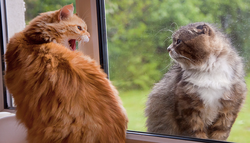 So secondary characters can support the main character, or cause tension, or they can do both! So what did the young writers come up with? Three young writers came up with a lonely main character. Their secondary characters (ranging from loving kitten to confident human) brought friendship and support. Other ideas were a character made of paint, colouring the world, and a time-travelling main character who finds different animal or human side-kicks to help out depending on when/where they go. Some questions to help us think about secondary characters:
This week at Story Club, my young writers’ workshop, we looked at the antagonist. This also made us look at our protagonist — do they have a clear goal? The job of the antagonist, after all, is to get in the way of it. We spoke about antagonists who have opposite goals to the protagonist. (Harry Potter and Voldemort are a great pair, especially as each has a goal to destroy the other, among other goals. They get in each other’s way.) Other antagonists we discussed were Mrs. Coulter (who was respected in the group possibly for her dress sense and smarts) and the antagonistic force of all the perils of the ocean, including divers capturing fish from reefs (in Finding Nemo). So how did we get to the heart (or heartlessness) of these characters? We interviewed them! Interview questions we used:
Interviewing the characters helped us hear our characters’ voices and uncover gaps in our knowledge about them. This was a fun way to get to know them. What antagonists came up in the young writers’ group? Some great ones. A ghostly presence (more of an antagonistic force than one antagonist) who enters human minds and takes over. A rich lord in Victorian England buying gunpowder from smugglers. A woman who dresses to impress, with dark purposes. An evil raven called Maiden. And ‘Derrick with a Duck named Dave’. This week we started the first ‘Story Clubs’ of 2023. Story Club is my young writers’ workshop, currently for 9–16 yrs. Launched in March of 2021, when Cambridge was tentatively beginning to ease out of a tight lockdown, we are still going strong (with some original members)! We are still enjoying the community room of Thrive cafe (and the hot chocolates). And the story ideas are as engaging as ever.
For the first set of workshops for the year (which are now split into a Zoom session Tuesdays and an in-person session Wednesdays), we looked at wishes, hopes and dreams. In other words, character motivation and goals. What do our characters want? Is there backstory — why do our characters seek what they seek? You may not be surprised that a couple young writers created characters seeking a pet. The bond between young people and animals can be a wonderful one (and I haven’t grown out of it myself!) We also had a search for a lost twin. A lost Mum. A search for a childhood friendship, in a way a search for childhood itself. And big issues like solving the plastic problem in the ocean and stopping poverty. We discussed how the big wish and a smaller wish can go hand in hand. For example the search for the lost Mum takes the character to many countries in Europe, meeting her need to travel and try different foods. The story tackling ocean plastic began with one turtle, a great focus for the larger issue. What did our group wish for ourselves? After all our characters mirror life! The young people hoped that 2023 would bring pets, holidays, the chance to try gymnastics, the chance to try Something New and physical growth. And of course the wish to read great stories was mentioned a few times! Happy New Year everyone. Do you have a wish for 2023?  In this week’s Story Club, my young writers workshop, we investigated distance from our protagonist. Do we start a scene describing the rooftops of a town, zoom in to a house, and zoom in further to the character and what they are doing? This way of ‘setting the scene’ is often used in films. I suggested the young writers take a scene, either a wintery one I supplied a picture of, or their own scene. And zoom in, in the way I demonstrated, or play with zoom in and out in their own way. As usual they had their own vivid and excellent ideas in mind. One young writer wrote two short scenes that happen at the same time. One, from a character at the top of the Eiffel Tower, lit up on a wintery night. The second scene was linked to the same wintery night in Paris, from a young girl inside her house, the lights of the tower winking outside her window. This was an interesting way of showing two characters with literal distance through space. A second young writer wove a beautiful scene set in Victorian London (starting a chat about the word ‘smog’ and what it means, too). The scene began with a rich house being set up for the morning, and zoomed in to the nearby dockyard where our poorer protagonist was getting ready for her morning fish-related work. I found this an amazing way to empathise with the protagonist and also understand her context of class struggle. A similar type of empathy was evoked by a description of a cold, remote snowy forest zooming in to a small, pink baby all wrapped up in a bundle. The context of that tiny, vulnerable baby in the vast, freezing forest immediately sparked my concern for the little one. So many wonderful story ideas came out of this workshop. I felt lucky to witness them! Thanks to the young people who shared their writing. In this week’s young writer’s workshop we took the perspective of an animal that swims, flies or digs. What would it feel like to fly? ‘Free,’ one writer suggested. ‘Powerful - you could look down on everyone,’ said another. And swimming, what would that be like as a whale or fish? We wondered what they smell underwater. (Did you know fish have a great sense of smell?)
We also discussed moles. The only one in our group who has touched a mole has felt lots of them. They are silky, so soft and she confirmed their long, thick claws. Unfortunately she knows this because her cat catches them! Moles and field voles dig, burrow underground. It is amazing to think of their underground world, the network of tunnels they live in and travel through. Stories that came out of this session included:
The Autumn Equinox here in the northern hemisphere is a gateway from summer to autumn, a time of equal dark, equal light with 12 hrs of night and 12 hrs of day. At this week’s Story Club, my workshop for young writers, we embraced the change of the season through poetry. I’m always amazed that in just one short session, the group can concoct some beautiful writing. I asked if I could show some poems, scratch-outs and all. I love seeing how poems manifest, and seeing the process in action. Here is a poem focusing on the weather change, and the joy of running over crunching leaves. Other poems brought in smells of woodsmoke, sleepy squirrels curled up against the cold, people jumping in piles of leaves. Leaves were a big hit in this Story Club! So were little creatures such as squirrels. A general feeling of joy was with us when we brought the coming Autumn to mind. But some of us also were in tune with darker images connected with the dramatic change. The next poem is from Amber who joined us via Zoom. She typed it up and let me know I could share it. Embracing all feelings of Autumn helps me put down the summer and enter the new season. Both the joy and the loss, the light and the dark, are part of this change of season. I hope the group feels more connected to the coming Autumn. And a big thanks to everyone who shared their poems!
This week’s Story Club featured unicorns. Researching for my young writers’ workshop, I became fascinated with them. Far from a recently dreamed-up lovely white horse with cloudlike mane, they’ve had a hoof in our culture for thousands of years. These stamp seals are among the first images of unicorns from the Indus Valley, a Bronze Age civilisation. These are thought to be from 2600–1900 BC, depicting a one horned animal more cow-like than horse. Unicorns are not found in Greek myth, but in Greek natural history (i.e. considered an actual beastie of the world). In 400 BC, Ctesias describes unicorns as being from India and as: “wild asses, fleet of foot, having a horn a cubit and a half (700 mm, 28 inches) in length, and colored white, red and black.” Unicorn meat was said to be too bitter to eat. (Not sure why someone tried to eat one, but I’m vegetarian so wouldn’t understand anyway.) So when did our white horse with silken mane and beautiful eyes appear? In the Physiologus, a Greek Christian text from 200 AD, the unicorn is connected with the maiden, or more specifically the virgin. Unicorns are described as being drawn to virgins, laying their heads in the lap of these maidens who sit resting in the forest. Unfortunately this was a way unicorns could be captured, by armed folk standing by. By the medieval period, the unicorn was pictured as a white horse with long, spiralling horn. The Lady and the Unicorn is a medieval tapestry showing the unicorn in this way. Scotland adopted the unicorn as their national animal in 1500s. This still stands today. Another reason to visit Scotland! Unicorns are found in many fantasy stories loved in our modern day. ‘Well, now that we have seen each other,’ said the unicorn, ‘if you’ll believe in me, I’ll believe in you.’ –Through the Looking Glass, Lewis Carroll, 1871 The blood of a unicorn will keep you alive, even if you are an inch from death, but at a terrible price. You have slain something pure and defenseless to save yourself.” — Harry Potter and the Philosopher’s Stone, J.K. Rowling, 1997 In Story Club, I asked the young writers to create a unicorn character. I posed questions considering the five senses. Part of this was my own curiosity. I’ve seen lots of pictures of unicorns. But no description of their smell! And do they neigh or what? Cut grass and herbs. Rose petals. A forest just after the rain. These were some of the gorgeous unicorn smells. We also had some fun with Scratch Art. I enjoyed the Story Club and have a deeper love and understanding of the unicorn across time.
Yesterday in Story Club, my young writers’ workshop, we explored metaphors for creating a story. 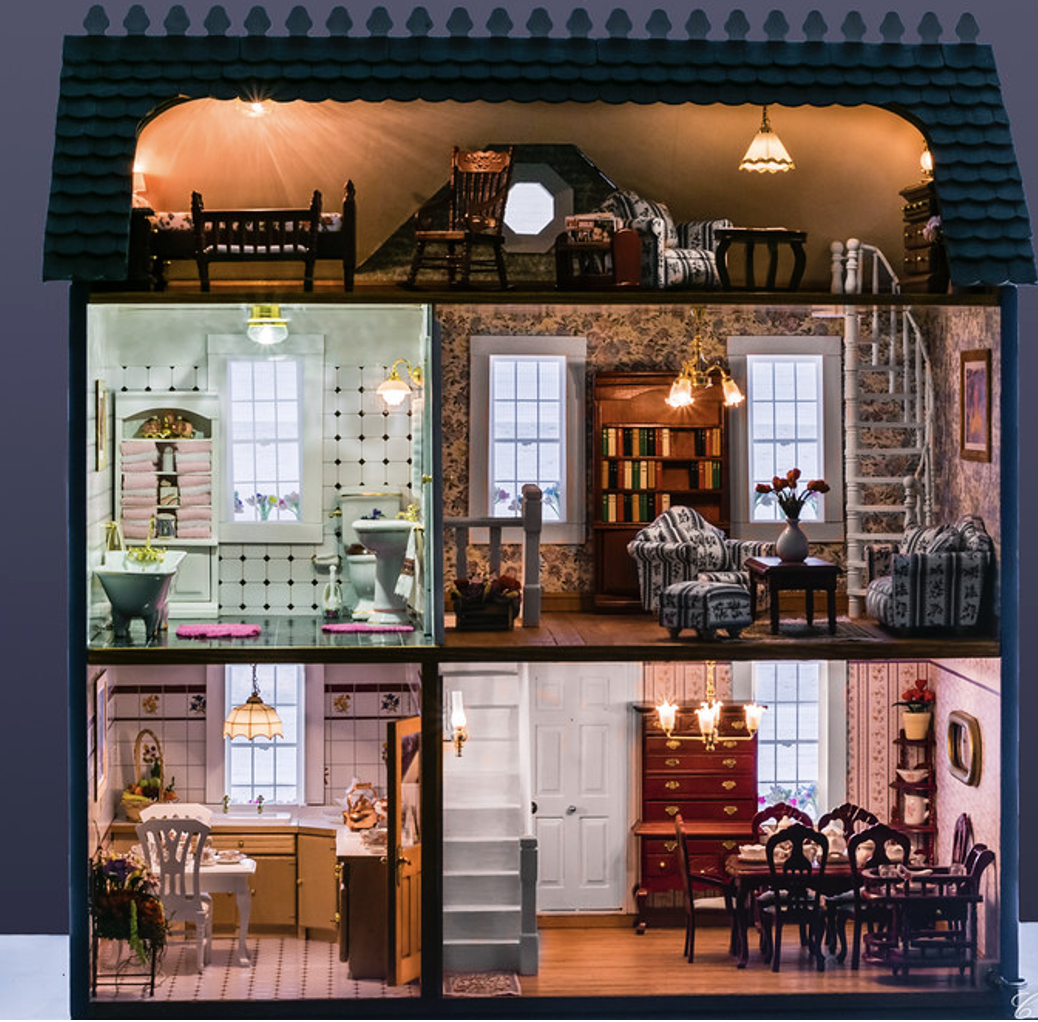 For example, how is building a house like building a story?
Using metaphors helped us reflect on and communicate our writing process. It is fascinating how we all have different processes, and how even different stories have different ways of being created as well. Ideas from the group include a cake, a fire and a storm.
The next metaphor was inspired by the wonderful art around us at Thrive cafe, I believe!
This journey of tension was also compared to a storm (with thunder and lightning at the climax). And the idea of a light switch being turned on and off — the story is here, we see what’s going on, and then it’s gone. What is creating a story like for you? Yesterday at Story Club, my young writers’ workshop at Thrive cafe, we investigated writing crime. 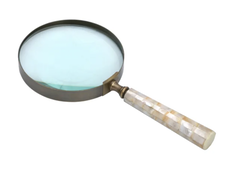 First we discussed memorable detectives, or detective pairs. Lil and Nedly of Sophie Green’s Potkins and Stubbs series are a pair that stand out to me. In this series the investigators are a little girl and ghost. Detective pairs can have complementary skills. In Potkins and Stubbs, the ghost becomes handy as he can walk through walls and spy on people. But he can’t pick anything up or interact with most humans — Lil has to do all that sort of work. We went through some basics of a crime story.
And of course what is the motive of the detective — why do they want to solve the crime? Fantastic ideas exchanged in the group included two very intelligent pigeons who were stealing things, a mysterious woman in blue, an unlucky detective turning 13, a monster that is very good at hiding and a happiness-stealer who sneaks into dreams. One writer shared her idea of making suspicious characters to draw the reader away from the actual criminal. Though it was a hot, sunny day outside, I felt the chill a good mystery will bring. Better than ice cream! |
Details
AuthorThis is the blog post of children's author Giulietta M. Spudich. Archives
March 2023
Categories |
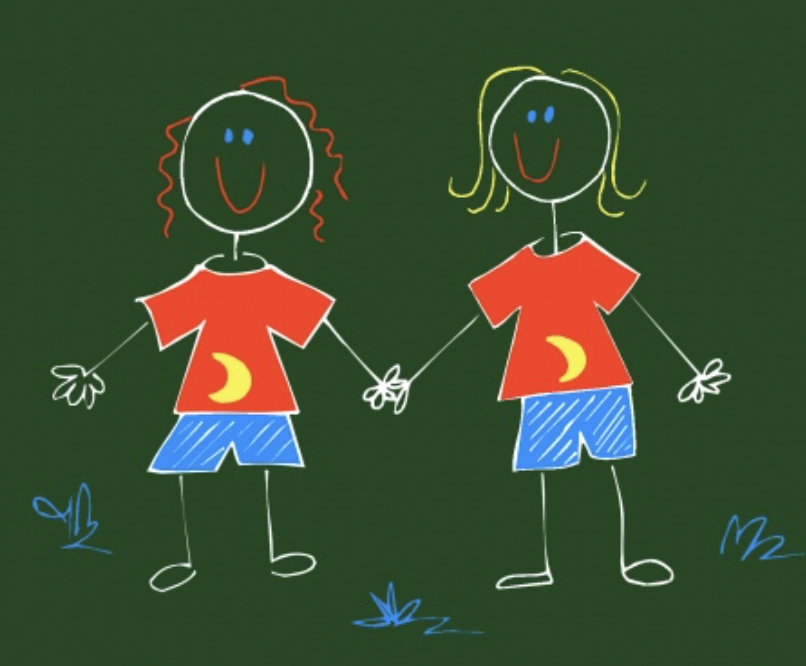

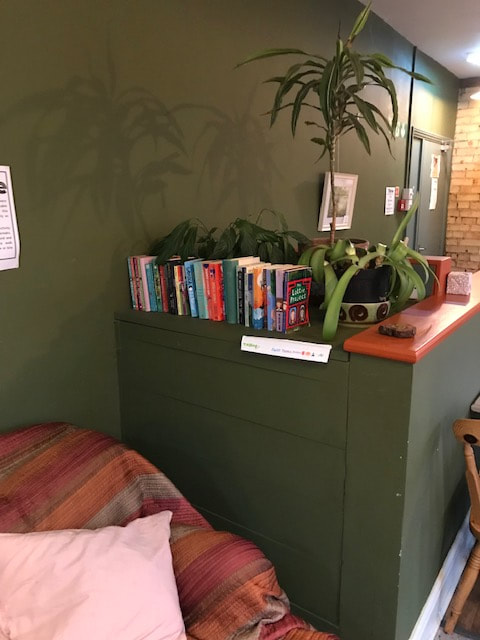
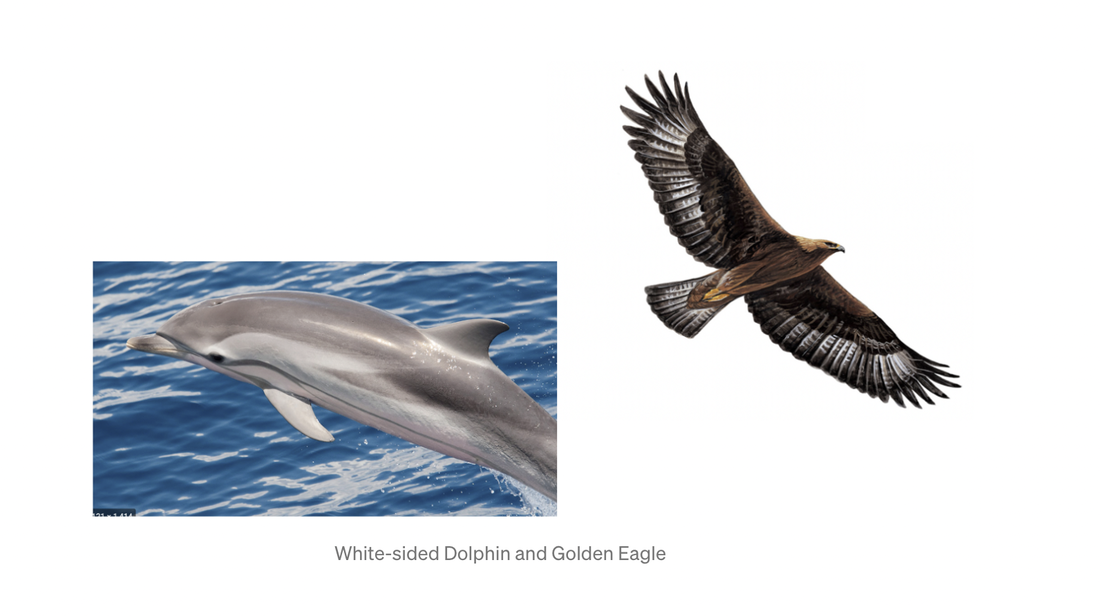
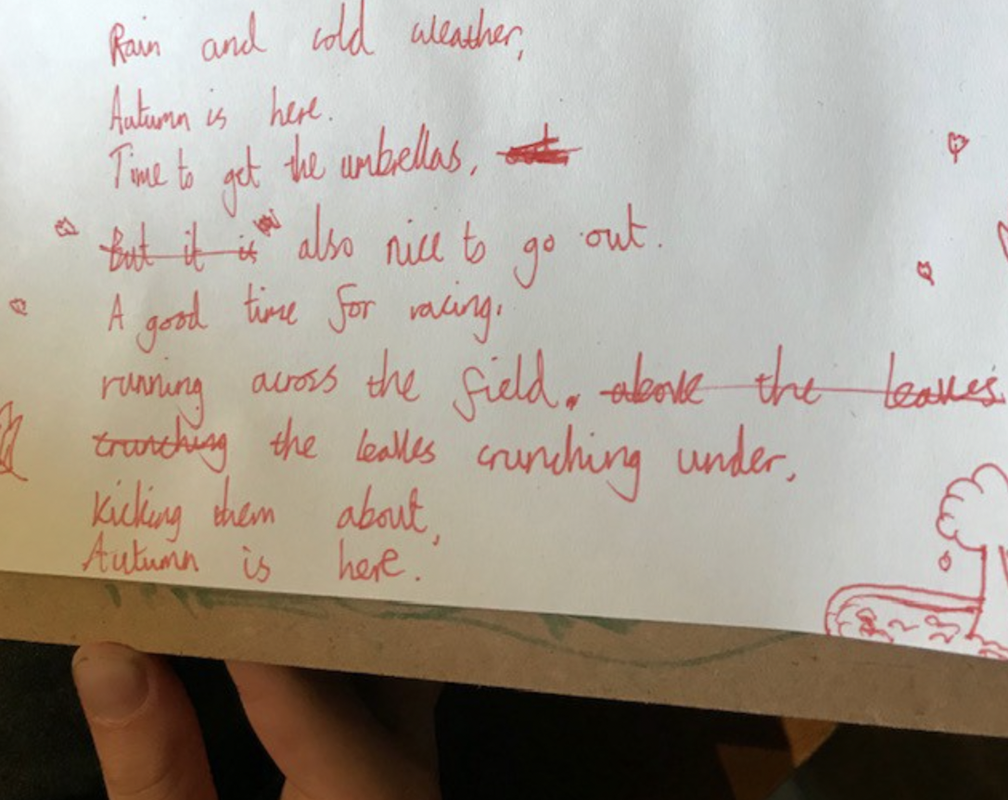
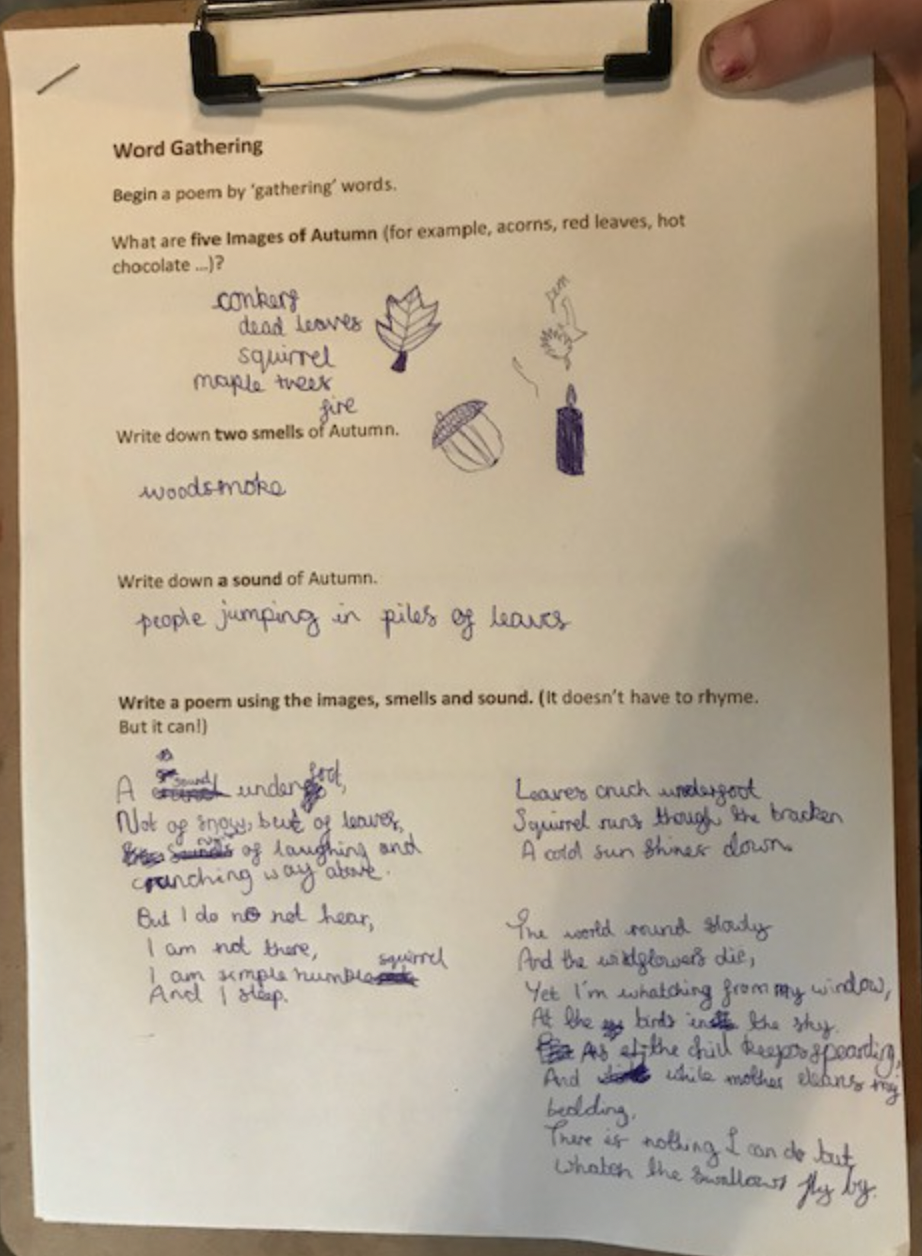
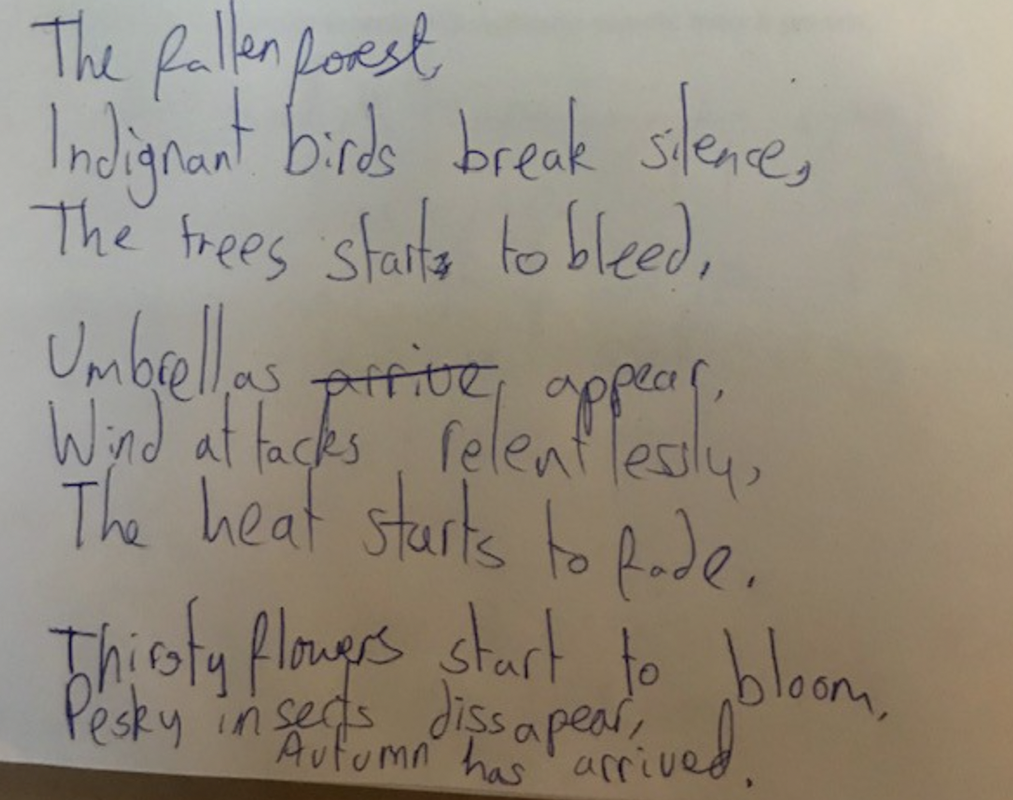
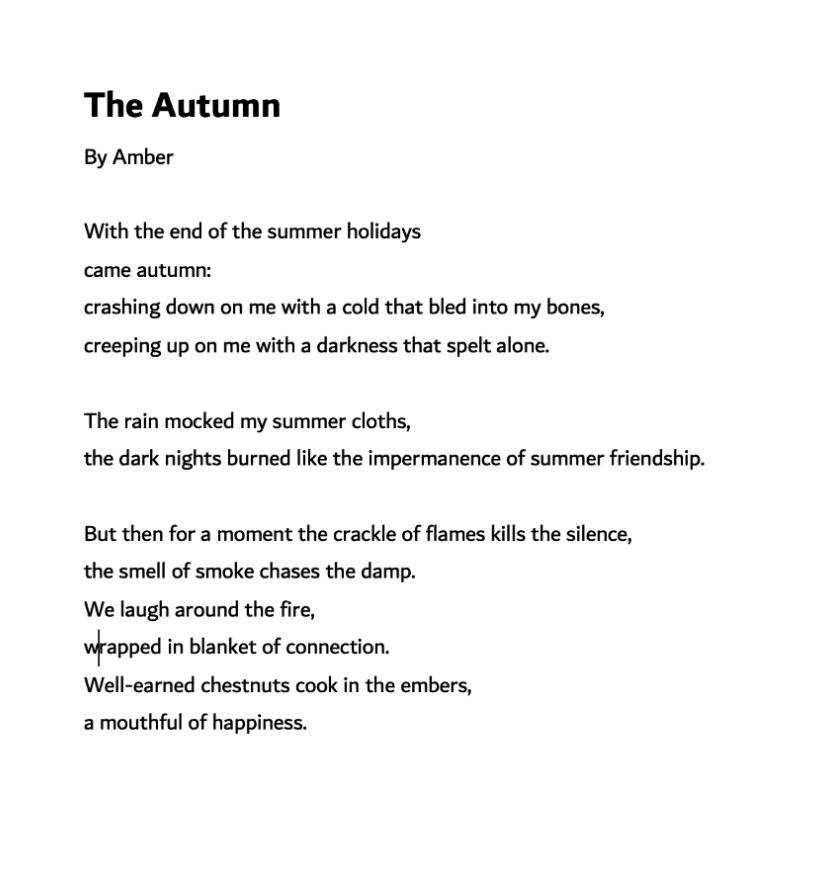
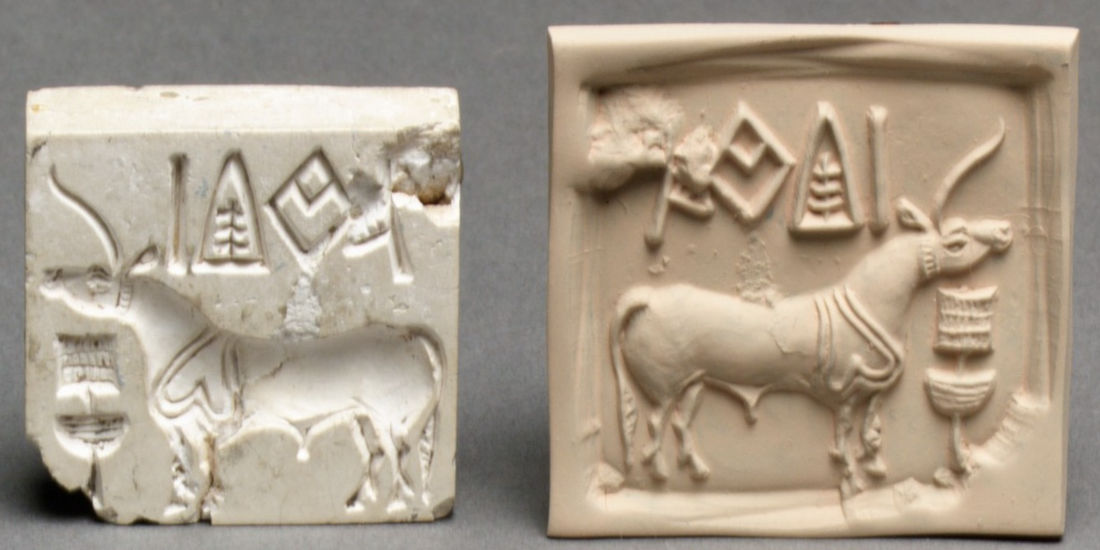
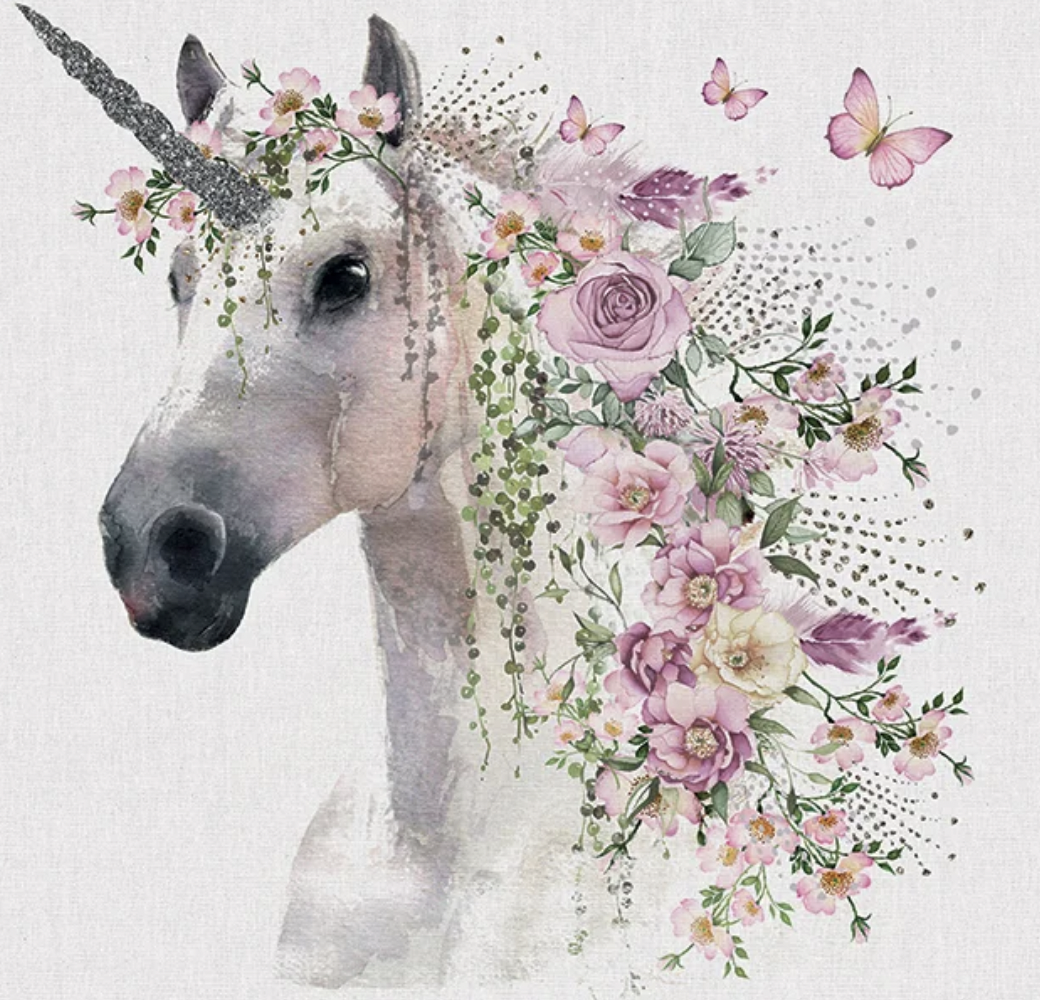
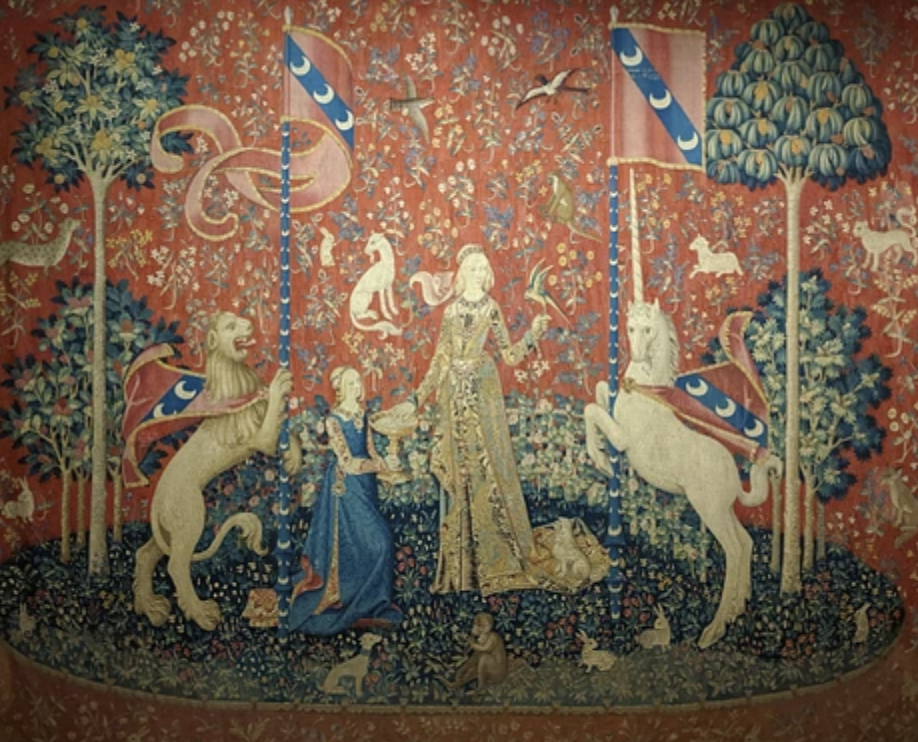
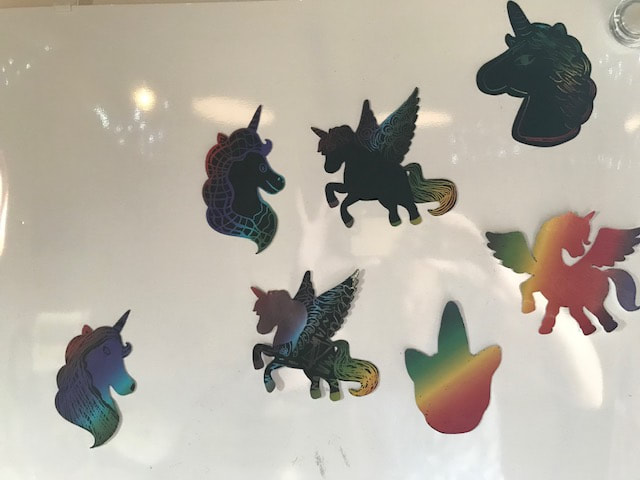

 RSS Feed
RSS Feed